If you ever get tired of continually deadheading flowers, you’re not alone.
But, as you probably know, deadheading is important.
Deadheading removes spent or faded flowers from a plant to encourage continued blooming and prevent the plant from going to seed too quickly.
By removing the dead flowers, the plant can redirect its energy to producing more flowers rather than seeds—this can help extend the blooming period and keep plants looking attractive throughout the growing season.
Deadheading can also help prevent the plant from self-seeding, which can be helpful if you want to avoid a proliferation of volunteers in your garden.
If you're looking for a low-maintenance flower garden, consider planting varieties that require minimal deadheading.
While deadheading can help keep your flowers looking their best, it can also be time-consuming, especially if you have a large garden.
Fortunately, many flowers require little deadheading, allowing you to enjoy their beauty without spending too much time maintaining them.
Here are some of the best low-maintenance flowers for your garden:
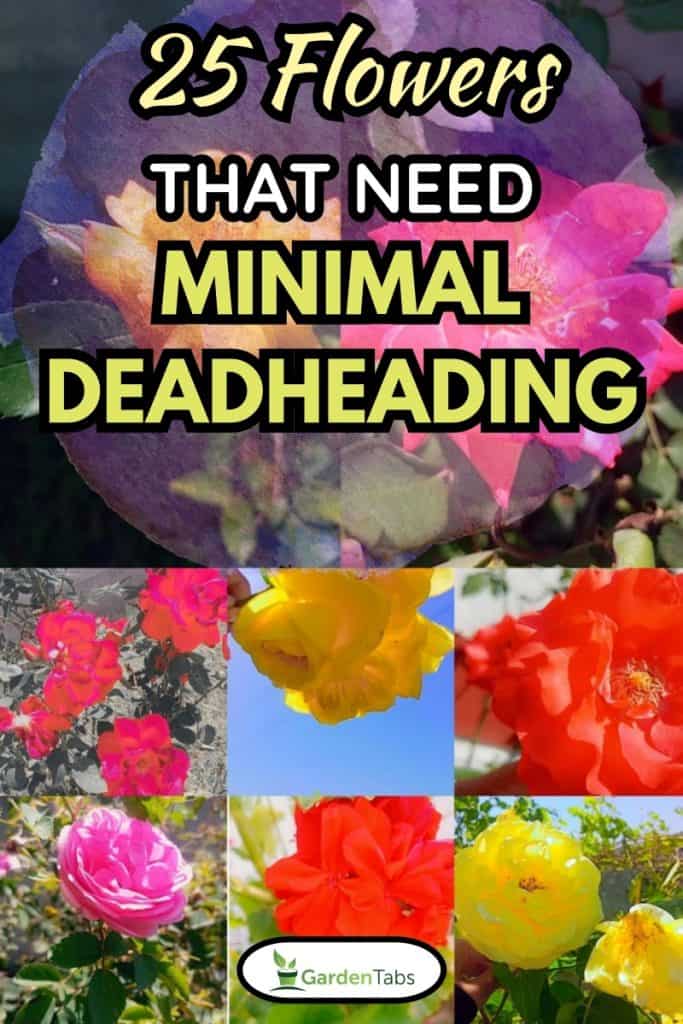
1. Black-eyed Susan (Rudbeckia hirta)
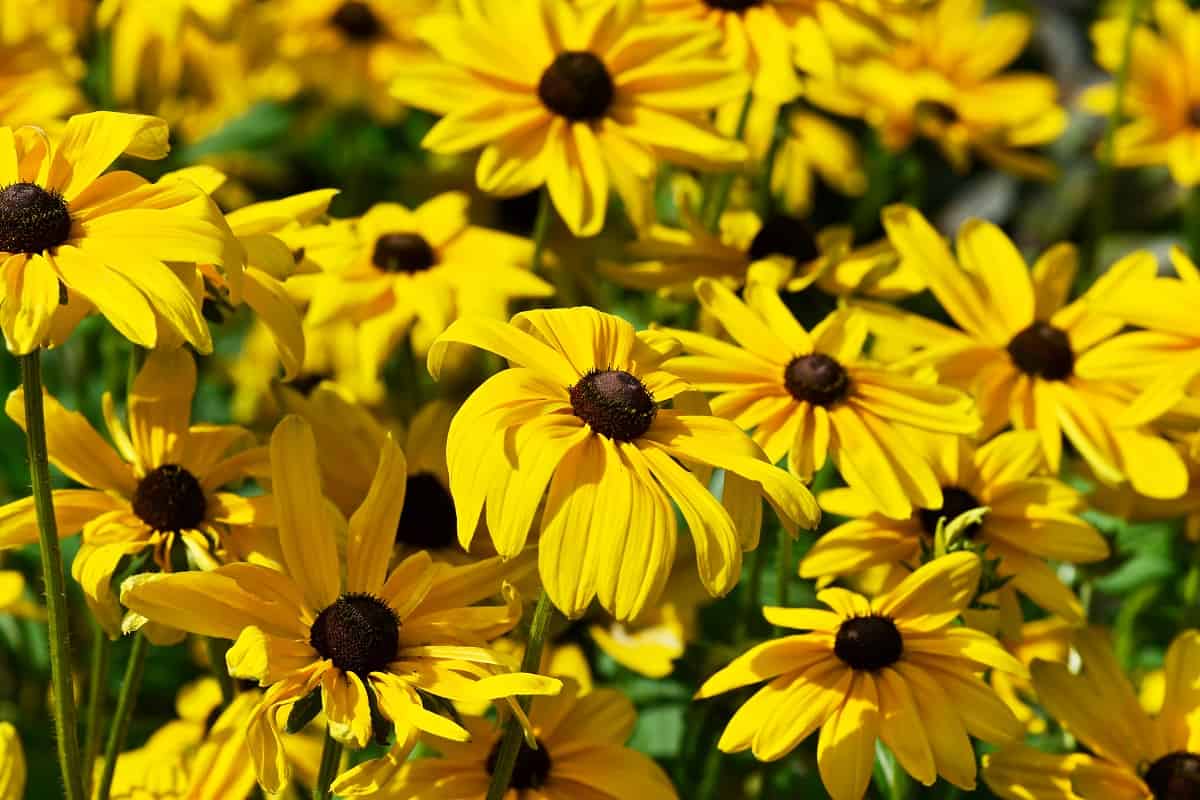
This classic garden flower produces daisy-like blooms in shades of yellow and orange. Black-eyed Susans are easy to grow and require little deadheading to continue blooming throughout the summer and fall.
They prefer full sun and well-drained soil and are hardy in zones 3-9.
2. Coneflower (Echinacea purpurea)
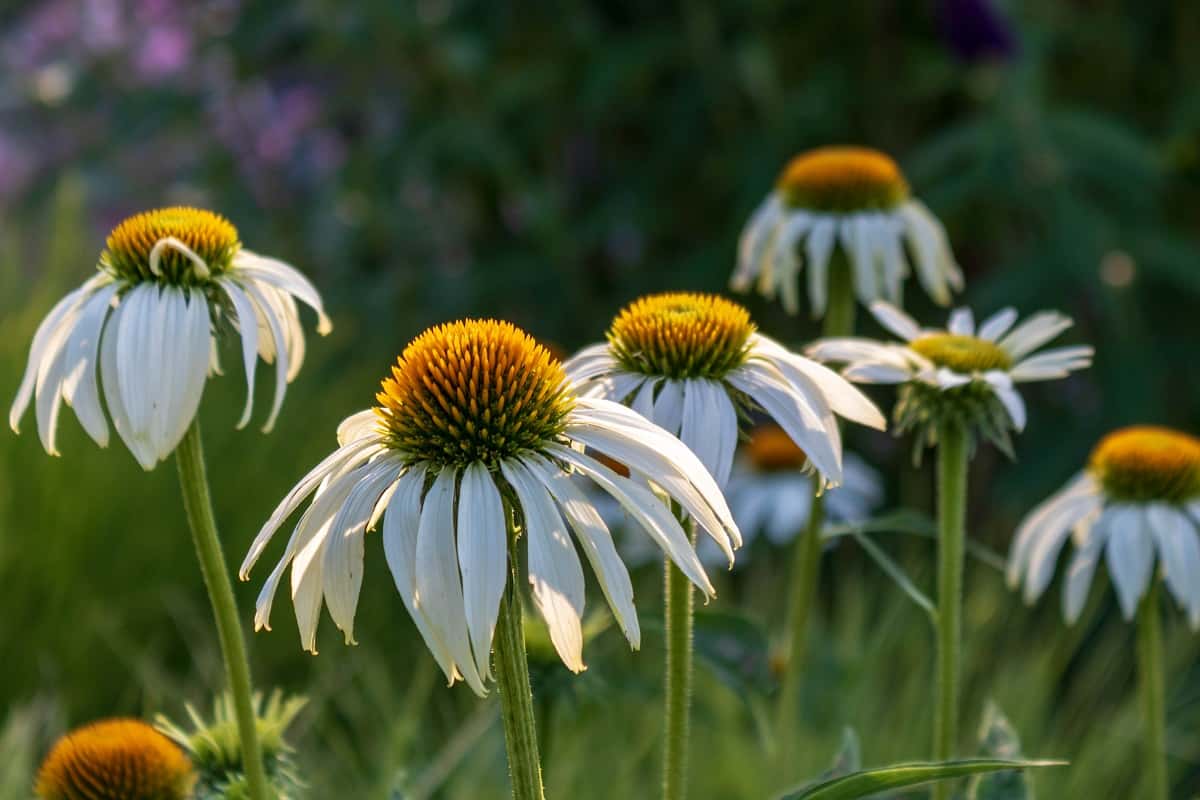
These showy flowers produce large, daisy-like blooms in shades of pink, purple, and white. Coneflowers are drought-tolerant and require minimal deadheading to continue blooming throughout the season.
They prefer full sun and well-drained soil and are hardy in zones 3-9.
3. Coreopsis (Coreopsis verticillata)
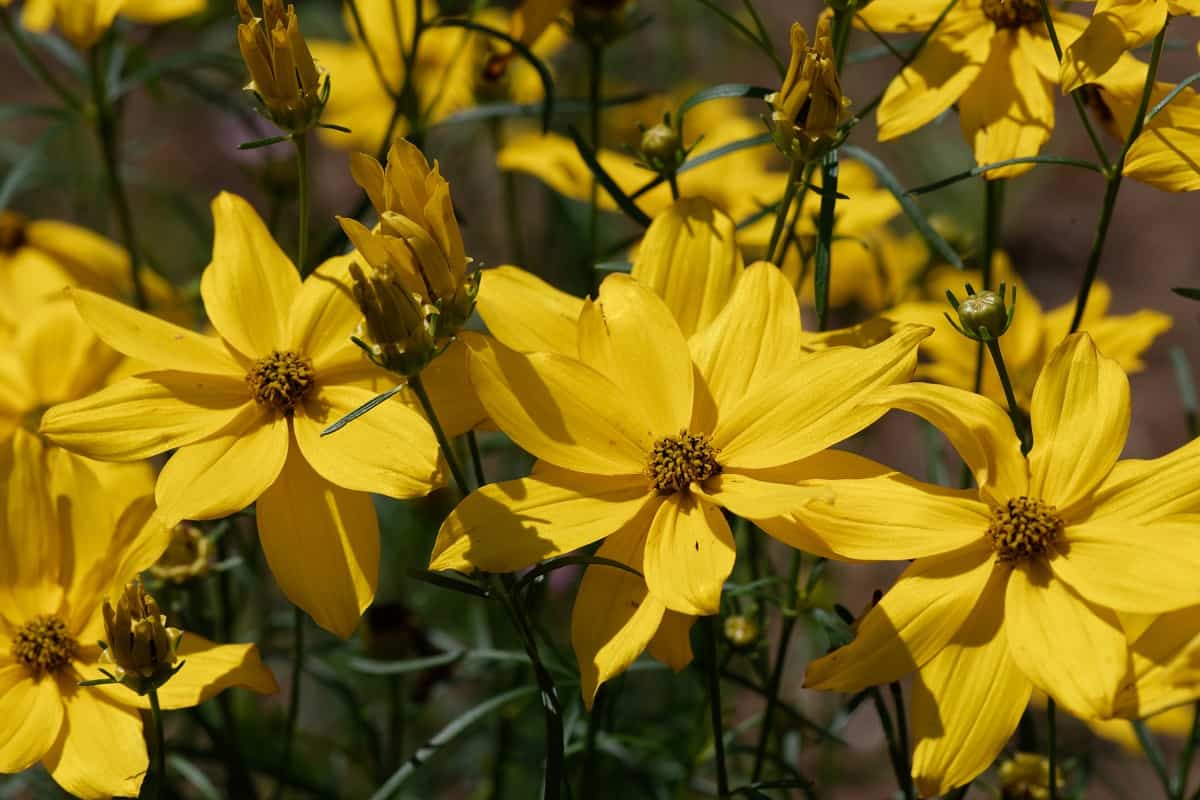
This low-maintenance flower produces clusters of small, daisy-like blooms in shades of yellow, pink, and red. Coreopsis is easy to grow and requires minimal deadheading to continue blooming throughout the season.
They prefer full sun and well-drained soil and are hardy in zones 3-9.
4. Gaillardia (Gaillardia aristata)
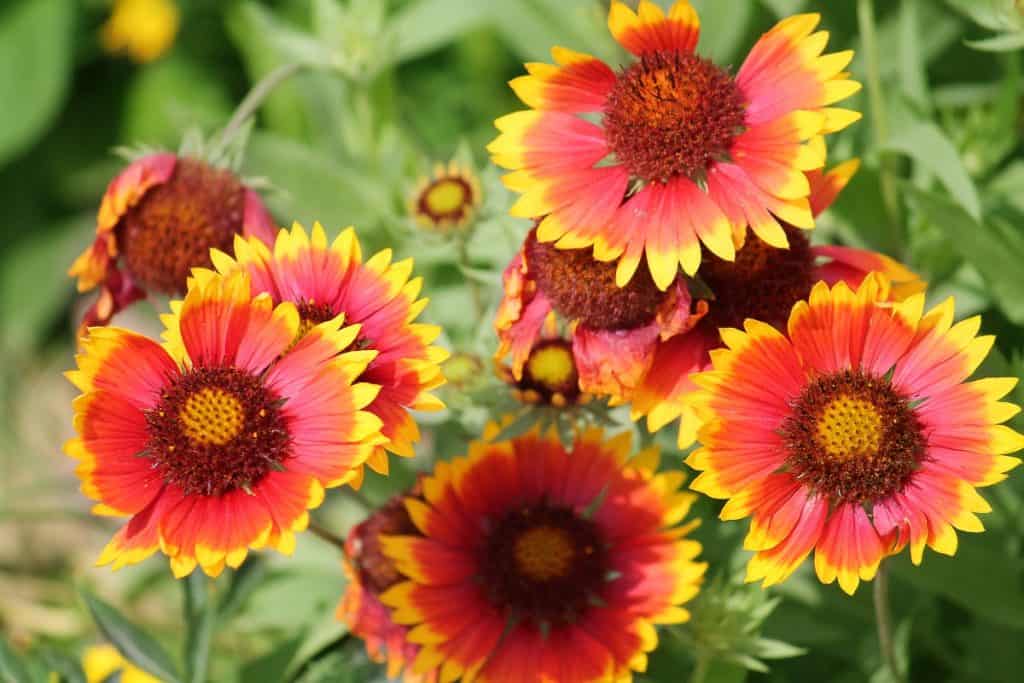
Also known as blanket flower, this plant produces colorful blooms in shades of red, orange, and yellow. Gaillardia are drought-tolerant and require little deadheading to continue blooming throughout the season.
They prefer full sun and well-drained soil and are hardy in zones 3-9.
5. Lavender (Lavandula angustifolia)
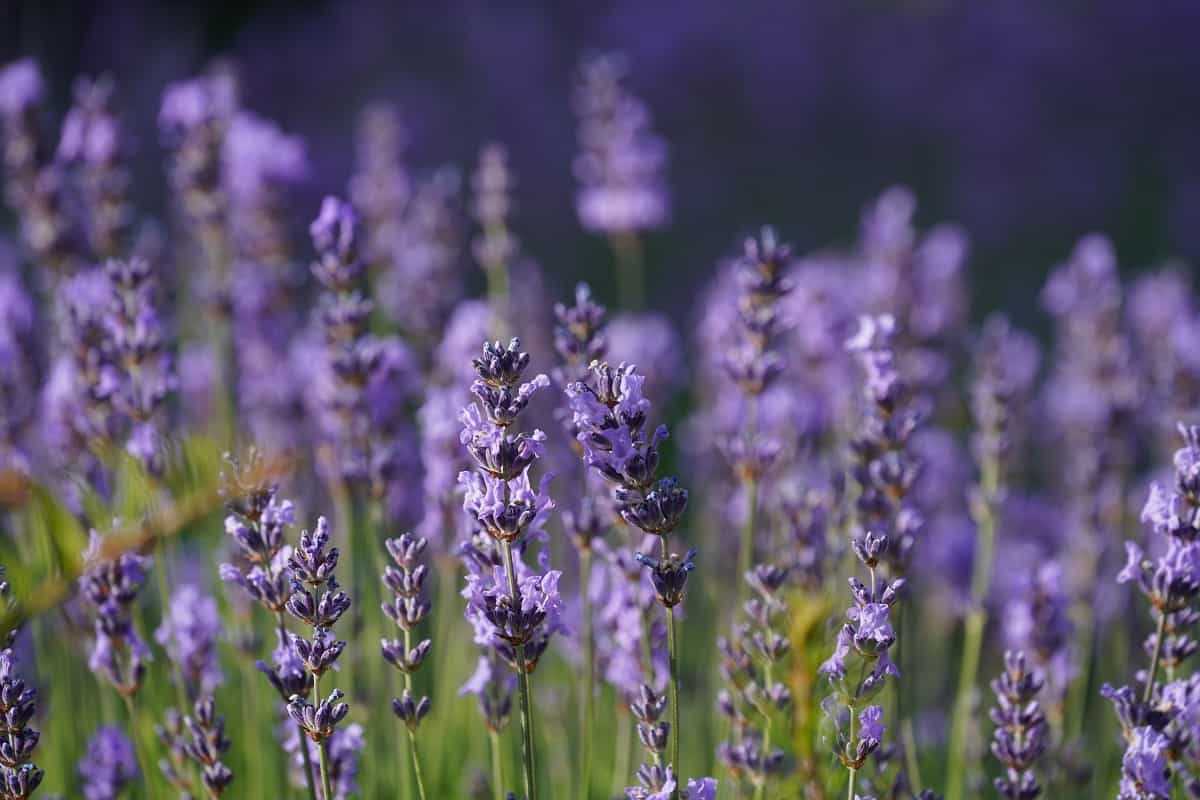
This fragrant herb produces spikes of purple flowers that require little deadheading to continue blooming throughout the season. Lavender prefers full sun and well-drained soil and is hardy in zones 5-9.
6. Salvia (Salvia nemorosa)
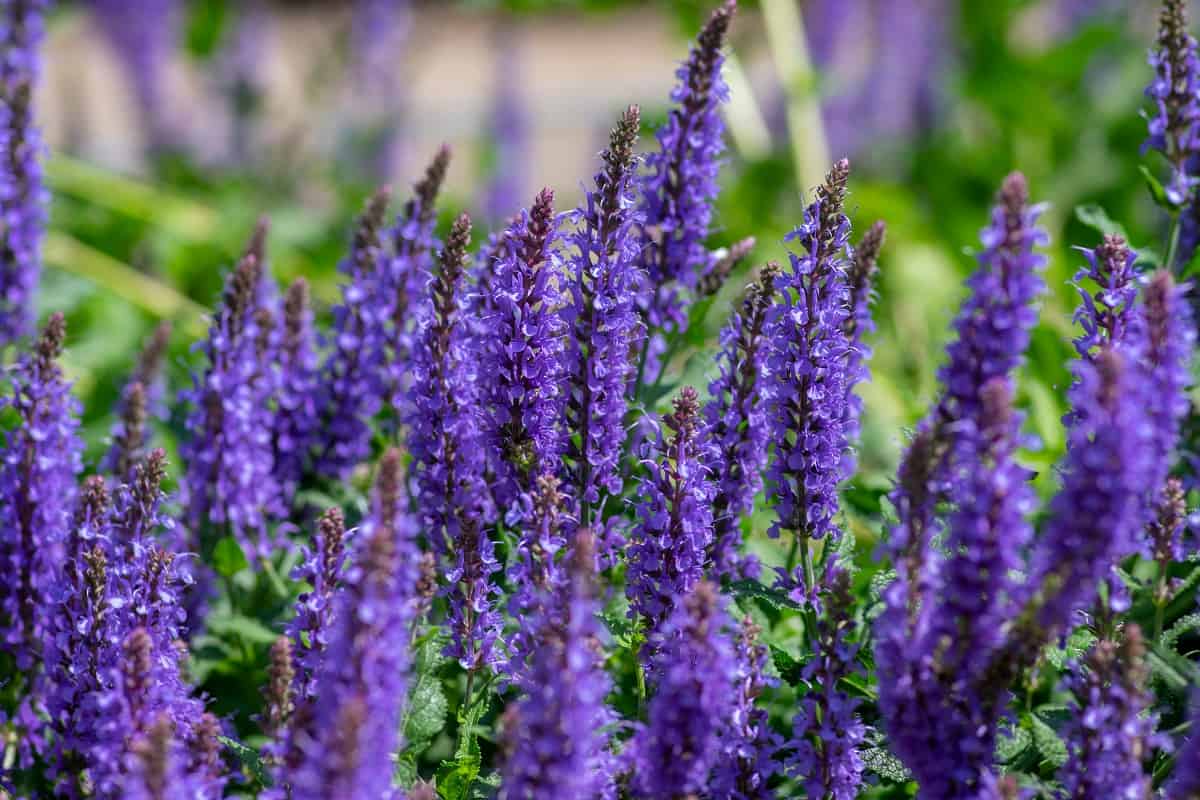
This plant produces spikes of tubular flowers in shades of blue, purple, and pink. Salvias are easy to grow and require minimal deadheading to continue blooming throughout the season.
They prefer full sun and well-drained soil and are hardy in zones 3-9.
7. Sedum (Sedum spectabile)
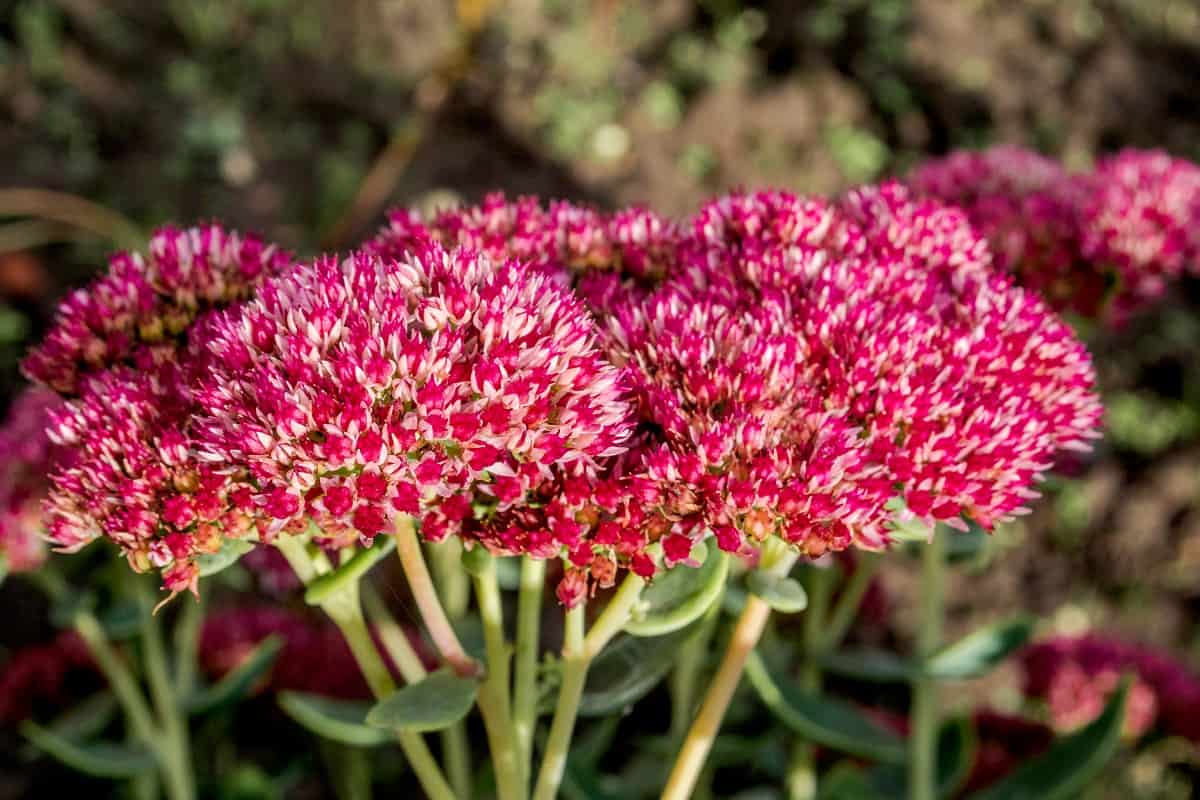
Also known as stonecrop, this plant produces clusters of small, star-shaped flowers in shades of pink, red, and white. Sedums are drought-tolerant and require little deadheading to continue blooming throughout the season.
They prefer full sun and well-drained soil and are hardy in zones 3-9.
8. Yarrow (Achillea millefolium)
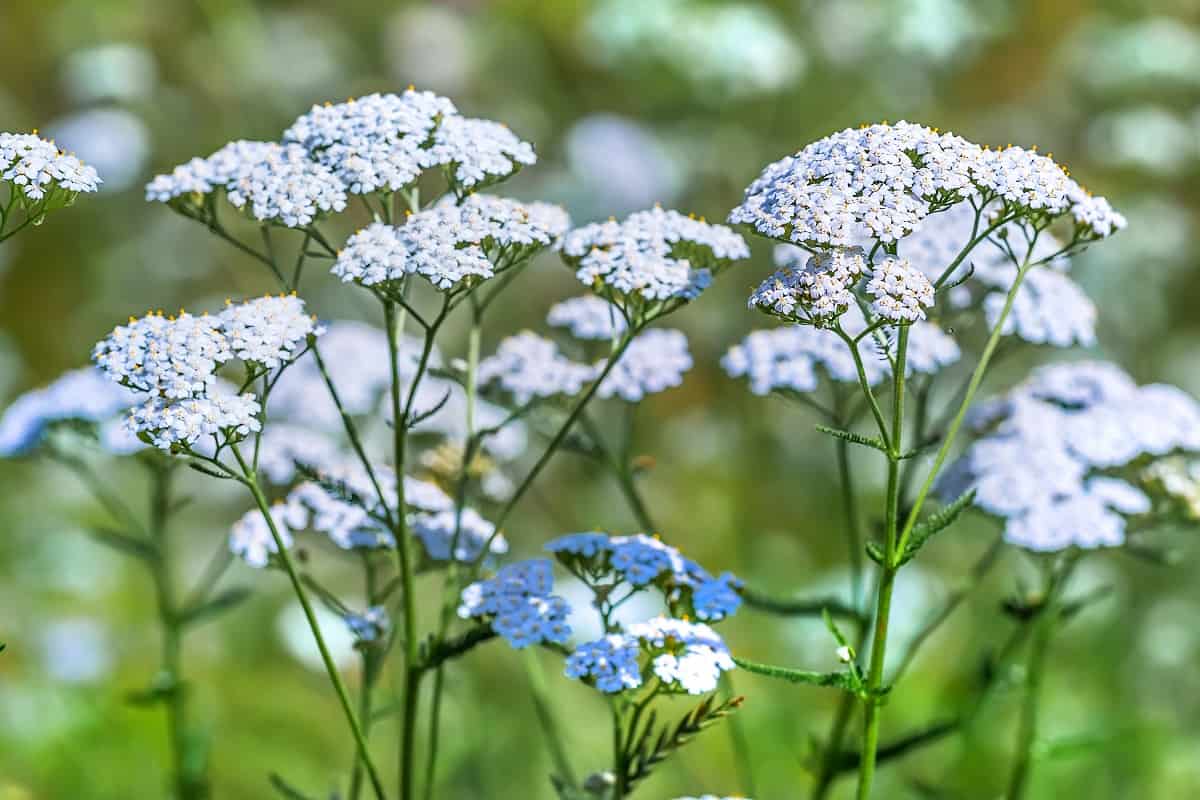
This plant produces clusters of small, daisy-like flowers in shades of pink, yellow, and white. Yarrow is easy to grow and requires minimal deadheading to continue blooming throughout the season.
It prefers full sun and well-drained soil and is hardy in zones 3-9.
9. Verbena (Verbena bonariensis)
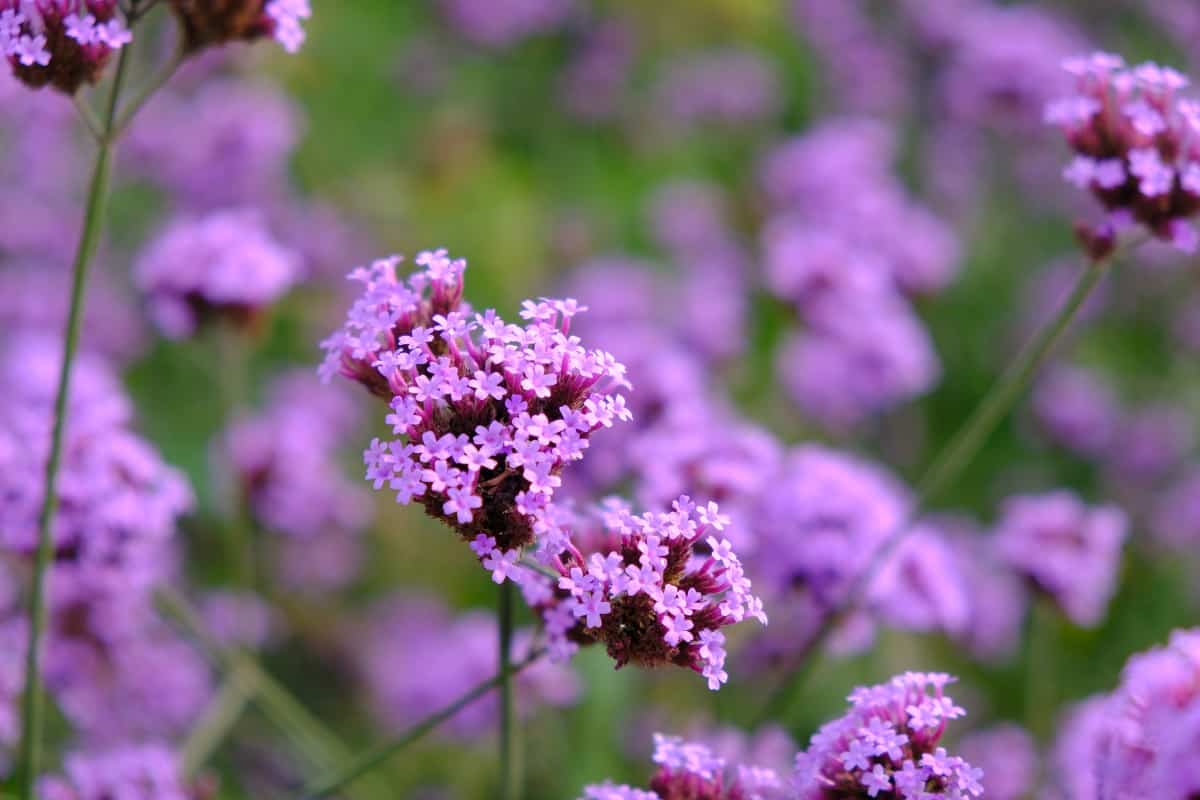
This plant produces clusters of small, purple flowers that require little deadheading to continue blooming throughout the season. Verbena is easy to grow and prefers full sun and well-drained soil. It is hardy in zones 7.
10. Zinnia (Zinnia elegans)
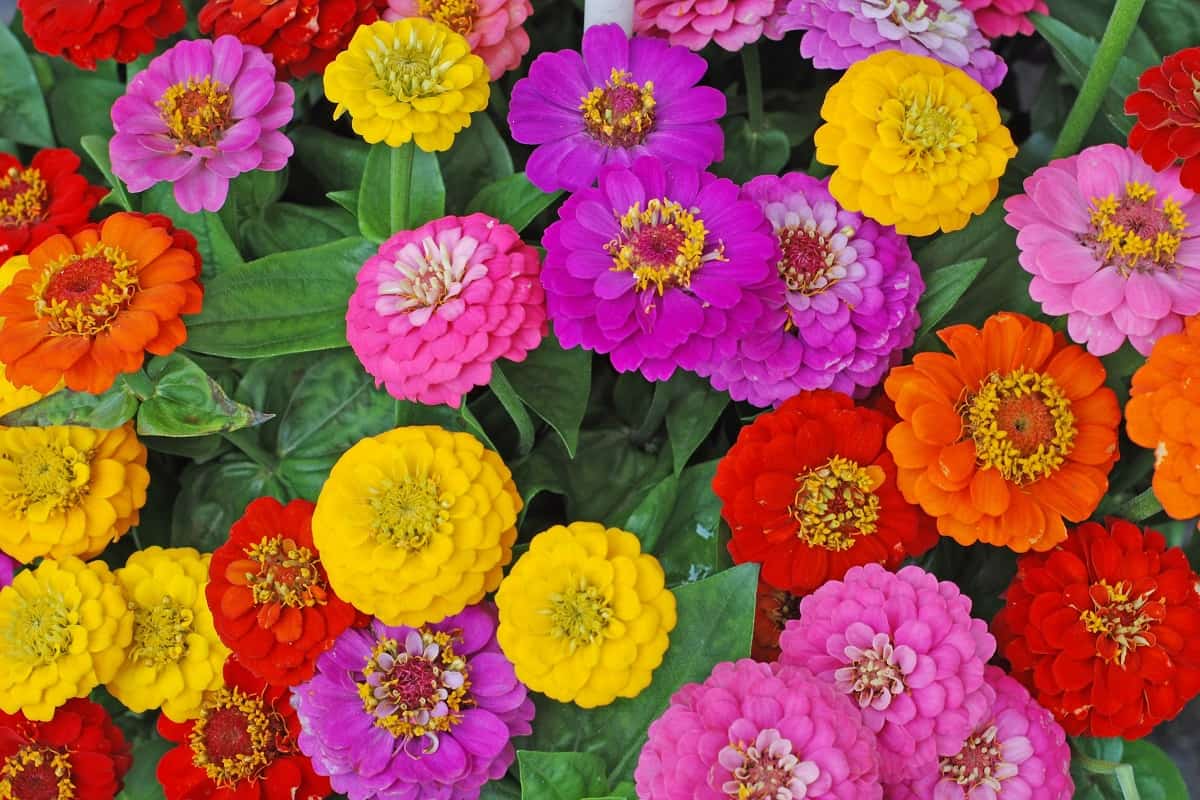
This colorful garden favorite produces large, daisy-like blooms in shades of red, pink, yellow, and orange.
Zinnias require minimal deadheading to continue blooming throughout the season and prefer full sun and well-drained soil. They are hardy in zones 3-10.
11. Dianthus (Dianthus barbatus)
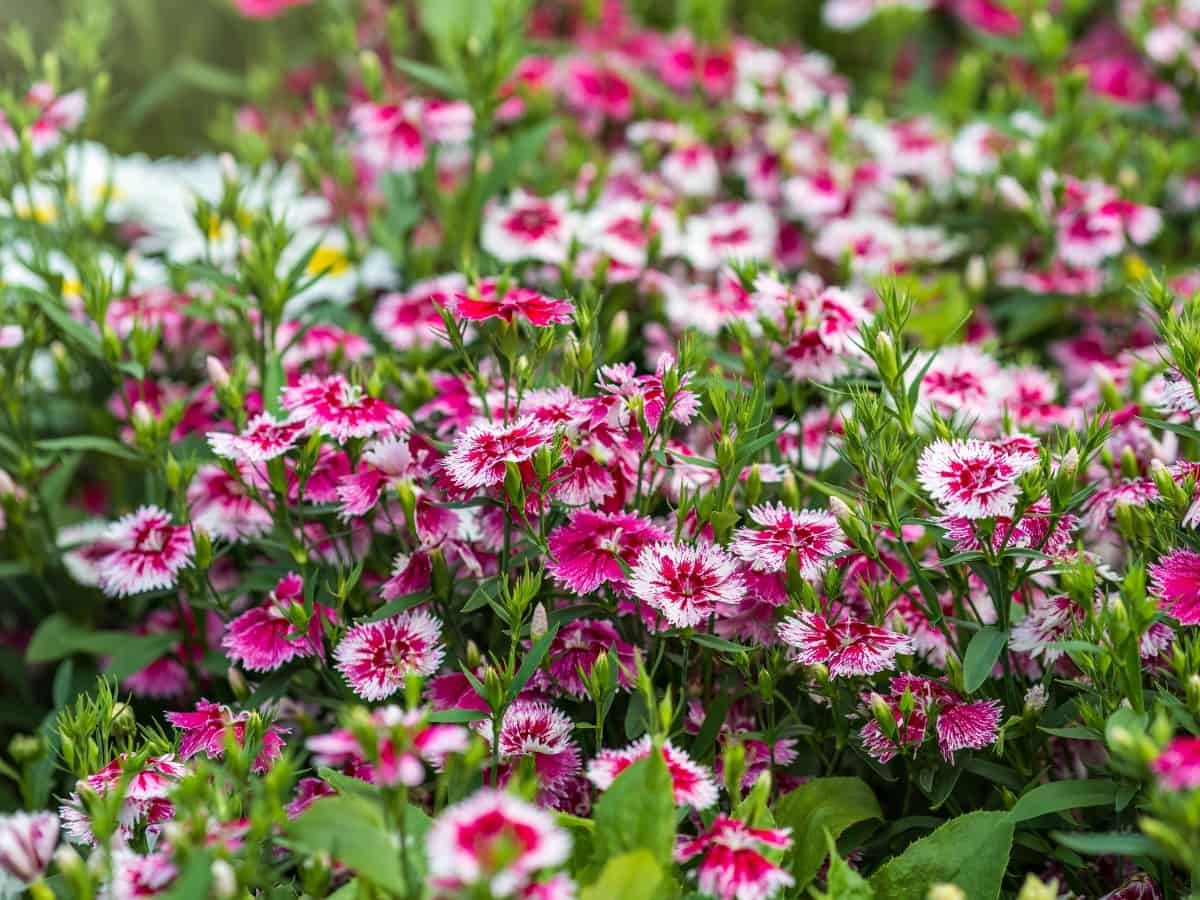
This fragrant flower produces clusters of small, pink, red, or white blooms that require little deadheading to continue blooming throughout the season. Dianthus prefers full sun and well-drained soil and is hardy in zones 3-9.
12. Penstemon (Penstemon digitalis)
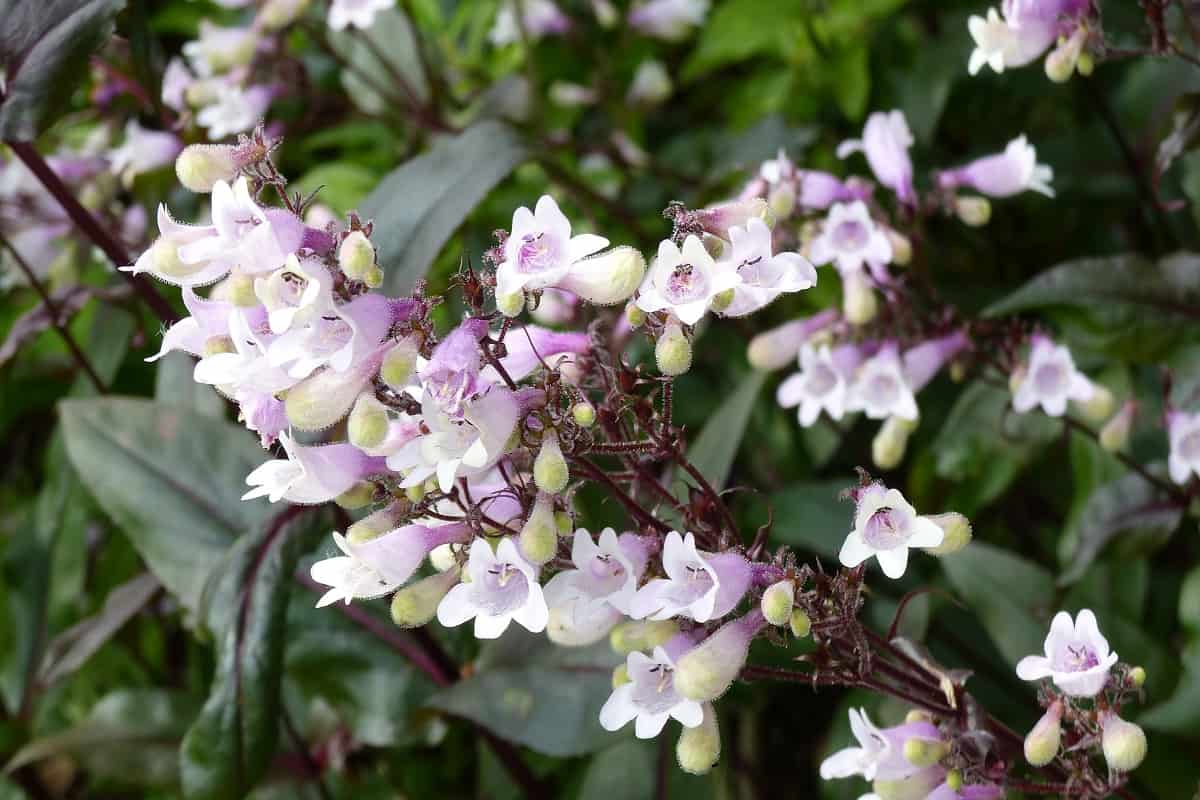
This plant produces spikes of tubular flowers in shades of pink, purple, and white. Penstemons are easy to grow and require minimal deadheading to continue blooming throughout the season.
They prefer full sun and well-drained soil and are hardy in zones 3-9.
13. Bee balm (Monarda didyma)
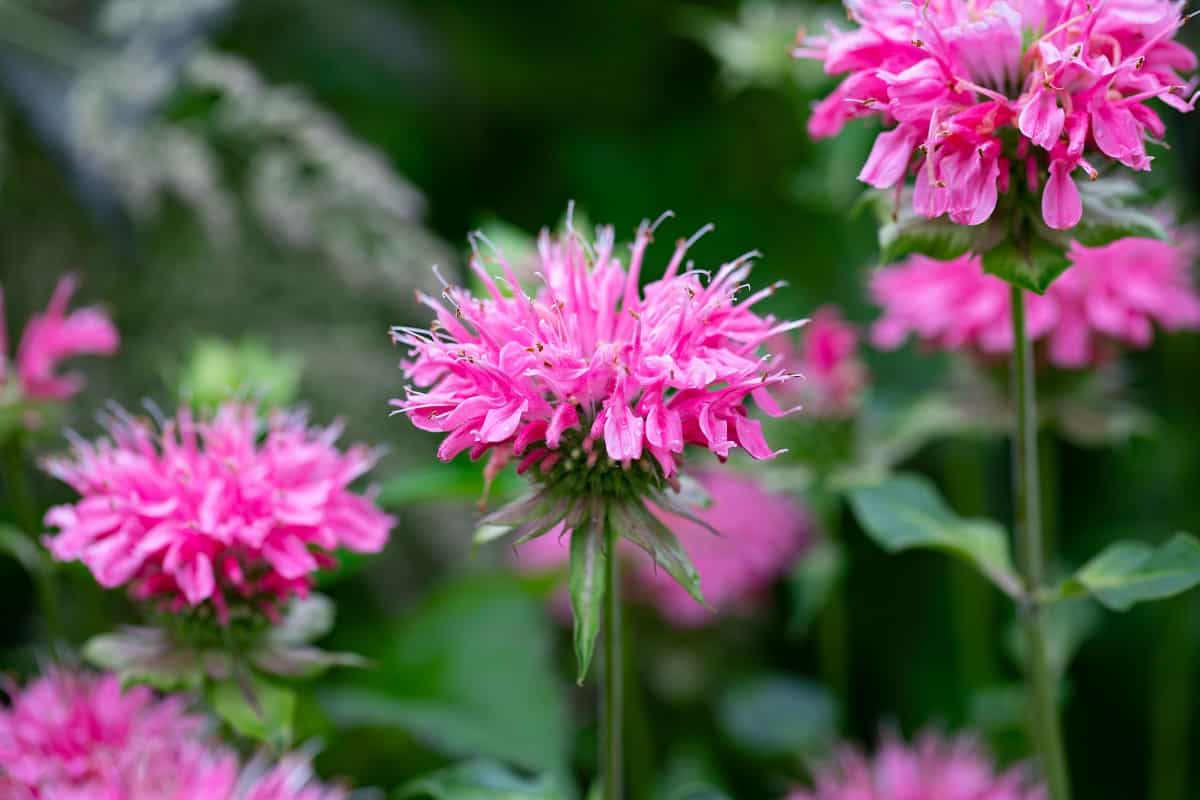
This plant produces clusters of red, pink, or purple flowers that require minimal deadheading to continue blooming throughout the season.
Bee balm prefers full sun to partial shade and well-drained soil and is hardy in zones 4-9.
14. Blanket flower (Gaillardia grandiflora)
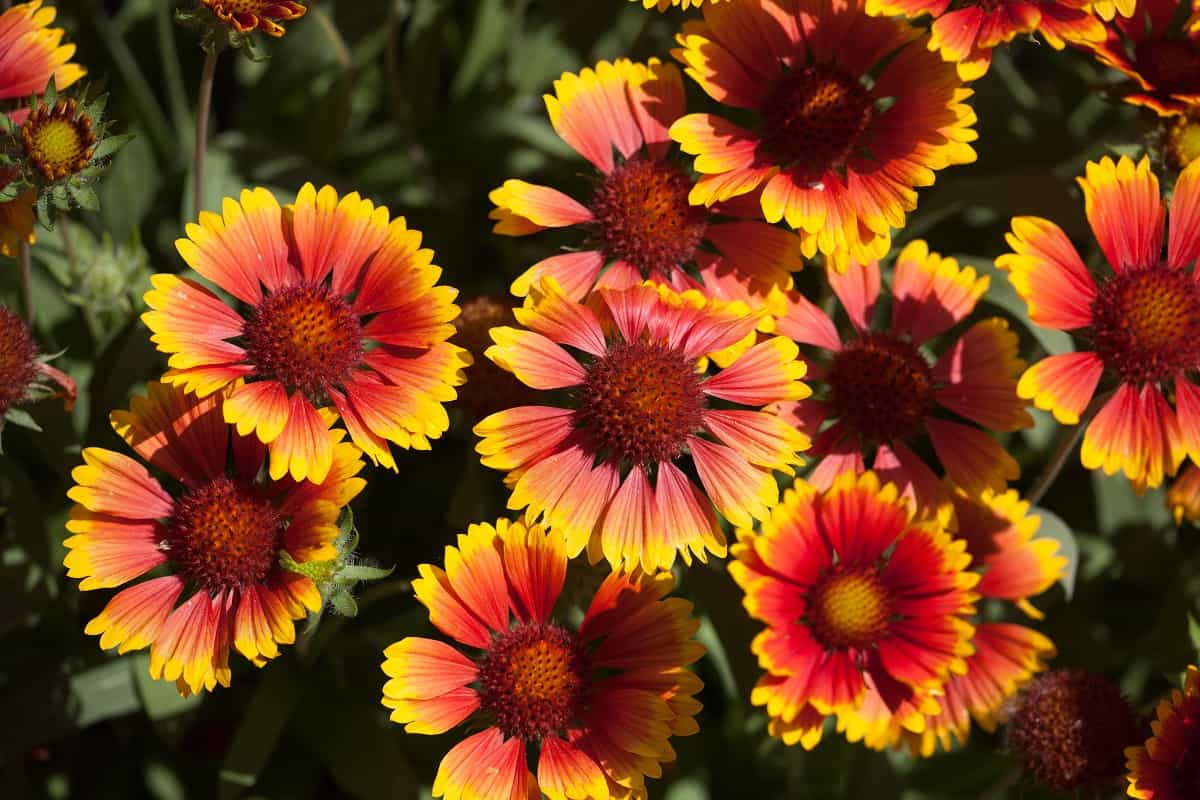
This plant produces large, colorful blooms in shades of red, orange, and yellow that require minimal deadheading to continue blooming throughout the season.
Blanket flowers prefer full sun and well-drained soil and are hardy in zones 3-10.
15. Russian sage (Perovskia atriplicifolia)
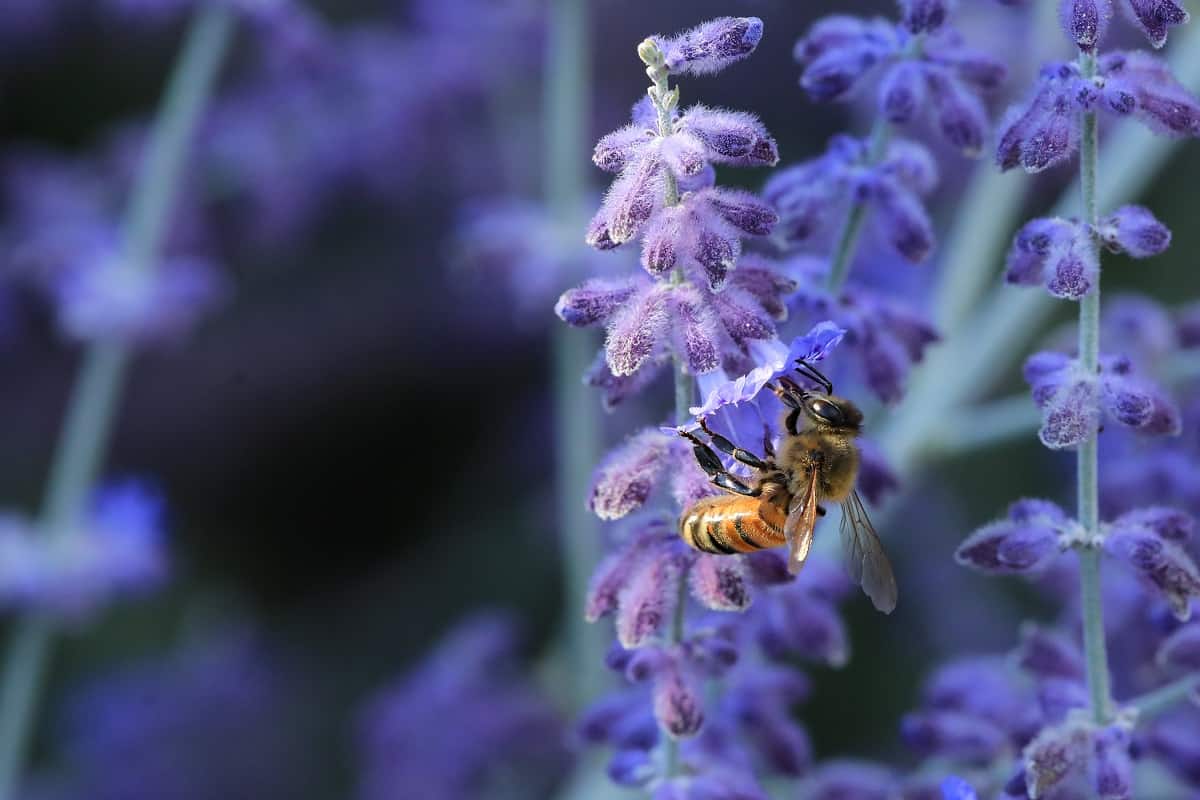
This fragrant plant produces spikes of blue-purple flowers that require minimal deadheading to continue blooming throughout the season. Russian sage prefers full sun and well-drained soil and is hardy in zones 5-9.
16. Daylily (Hemerocallis)
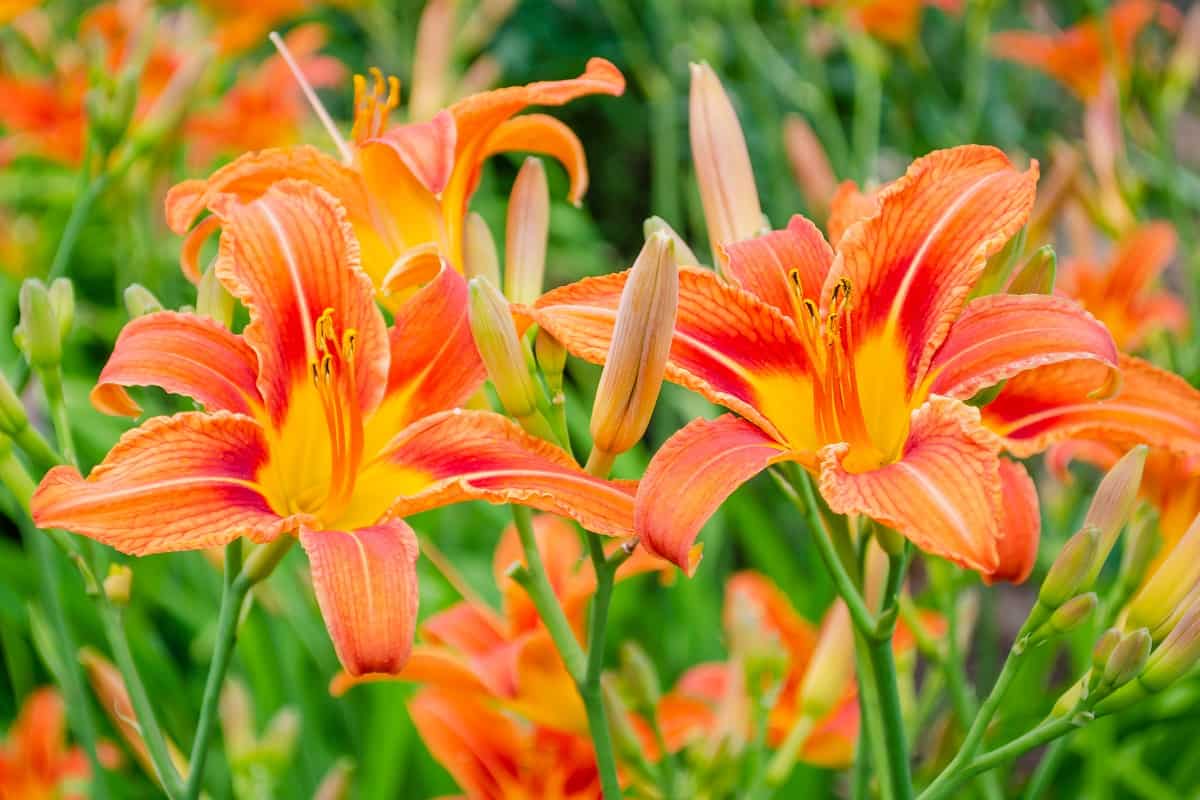
This plant produces large, showy blooms in shades of yellow, orange, and pink that require little deadheading to continue blooming throughout the season.
Daylilies prefer full sun to partial shade and well-drained soil and are hardy in zones 3-9.
17. Iris (Iris germanica)
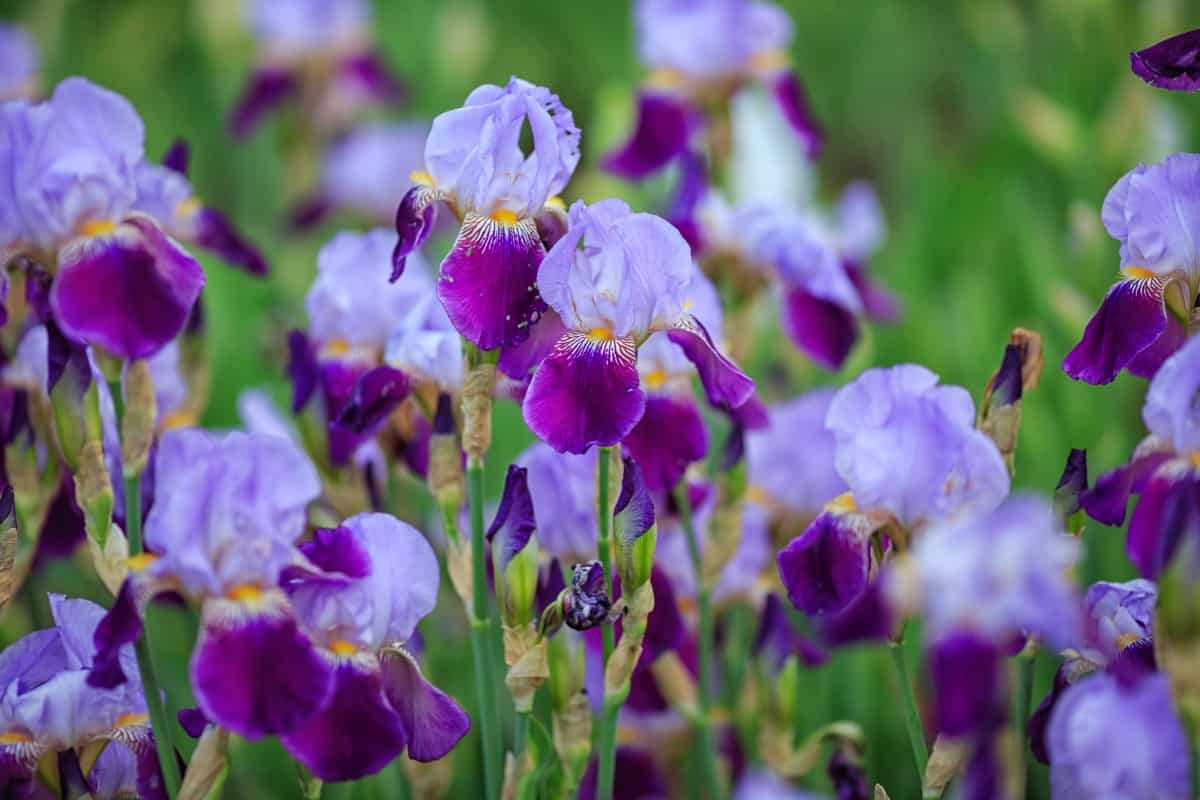
This plant produces large, colorful blooms in shades of blue, purple, yellow, and white that require minimal deadheading to continue blooming throughout the season.
Irises prefer full sun to partial shade and well-drained soil and are hardy in zones 3-9.
18. Peony (Paeonia lactiflora)
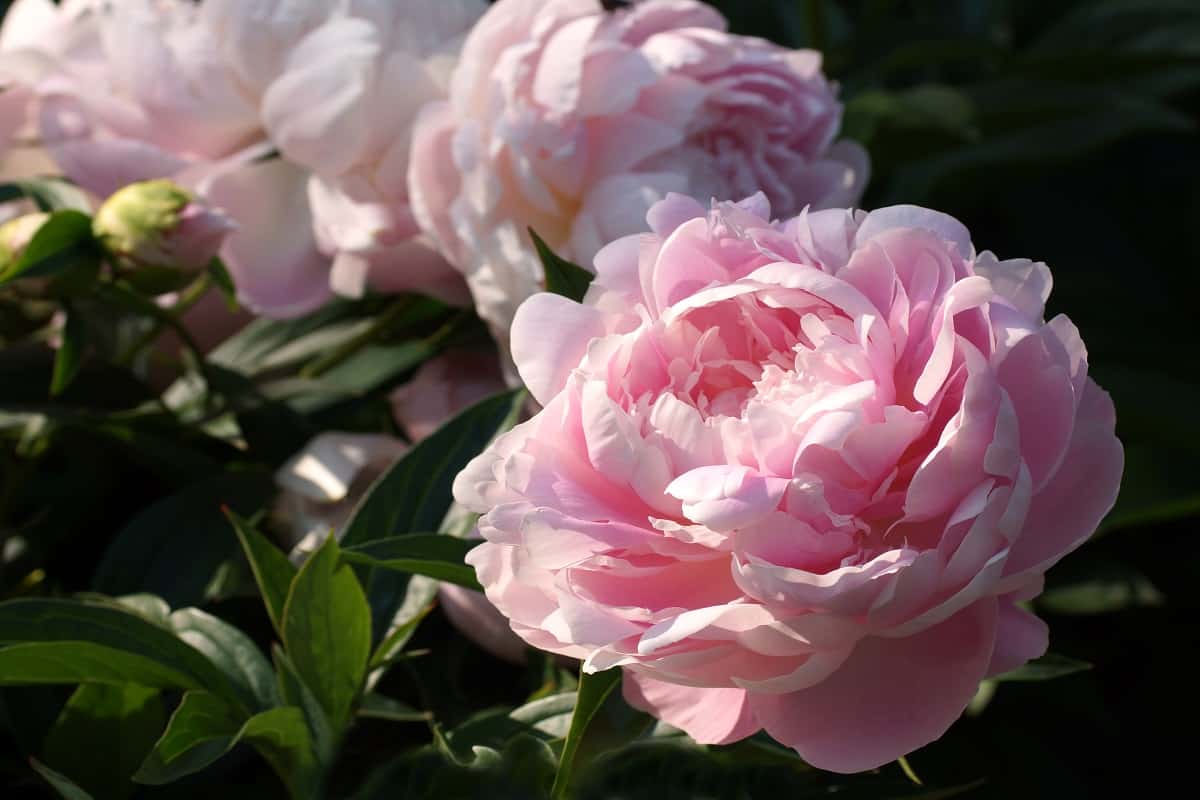
This fragrant plant produces large, showy blooms in shades of pink, red, and white that require minimal deadheading to continue blooming throughout the season.
Peonies prefer full sun to partial shade and well-drained soil and are hardy in zones 3-8.
19. Shasta daisy (Leucanthemum x superbum)
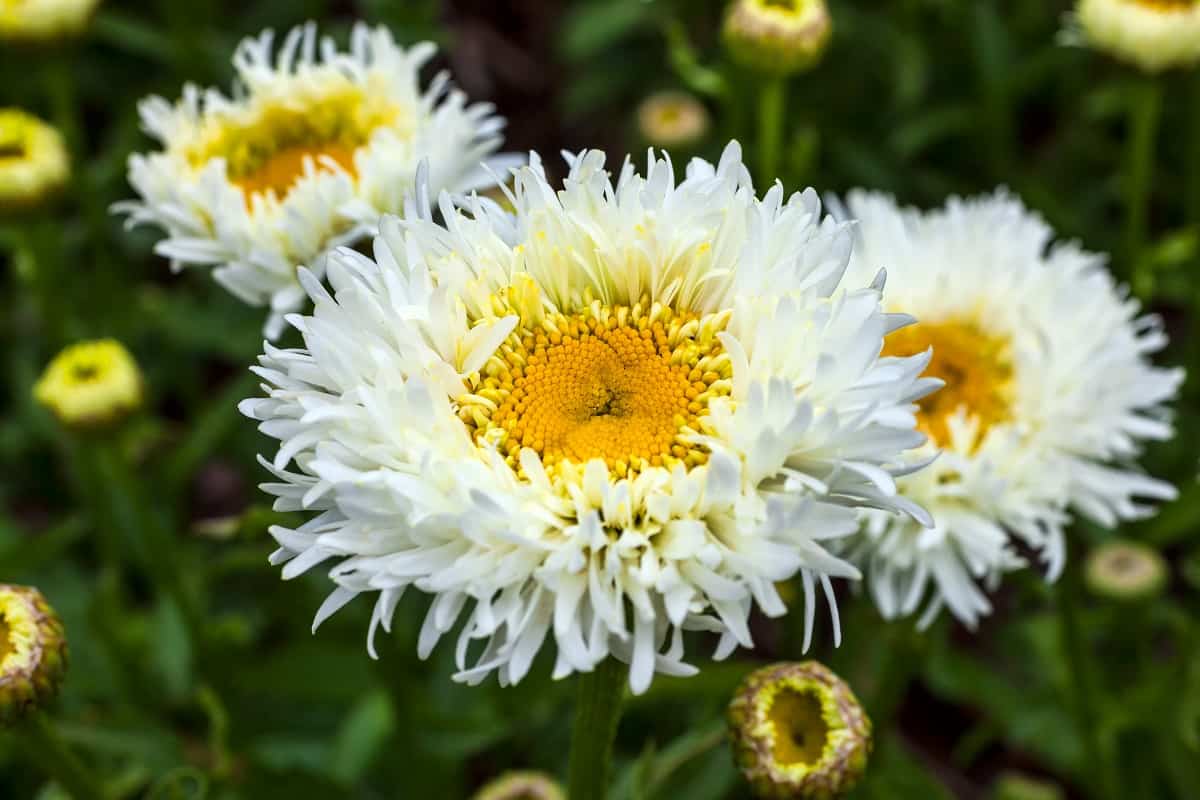
This plant produces large, white blooms with yellow centers that require little deadheading to continue blooming throughout the season. Shasta daisies prefer full sun and well-drained soil and are hardy in zones 5-9.
20. Veronica (Veronica spicata)
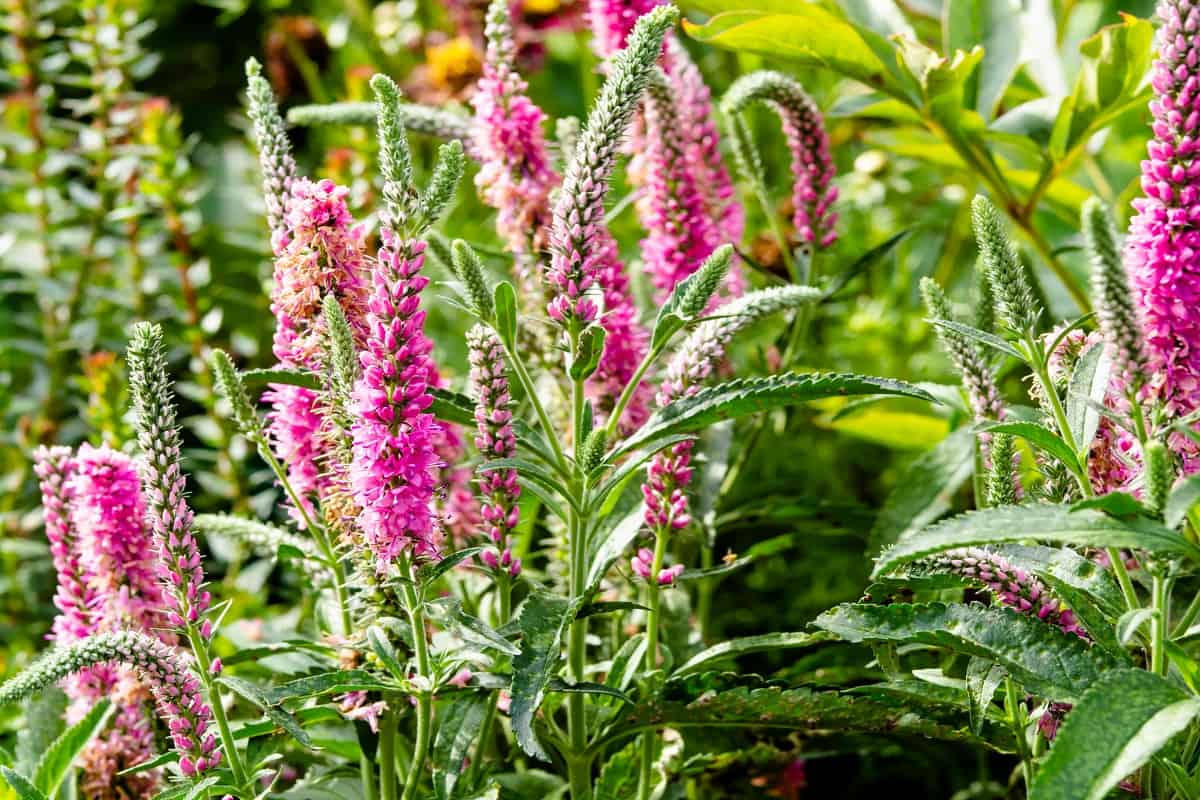
This plant produces spikes of small, tubular flowers in shades of blue, pink, and white that require minimal deadheading to continue blooming throughout the season.
Veronicas prefer full sun to partial shade and well-drained soil and are hardy in zones 3-8.
21. Hellebore (Helleborus)
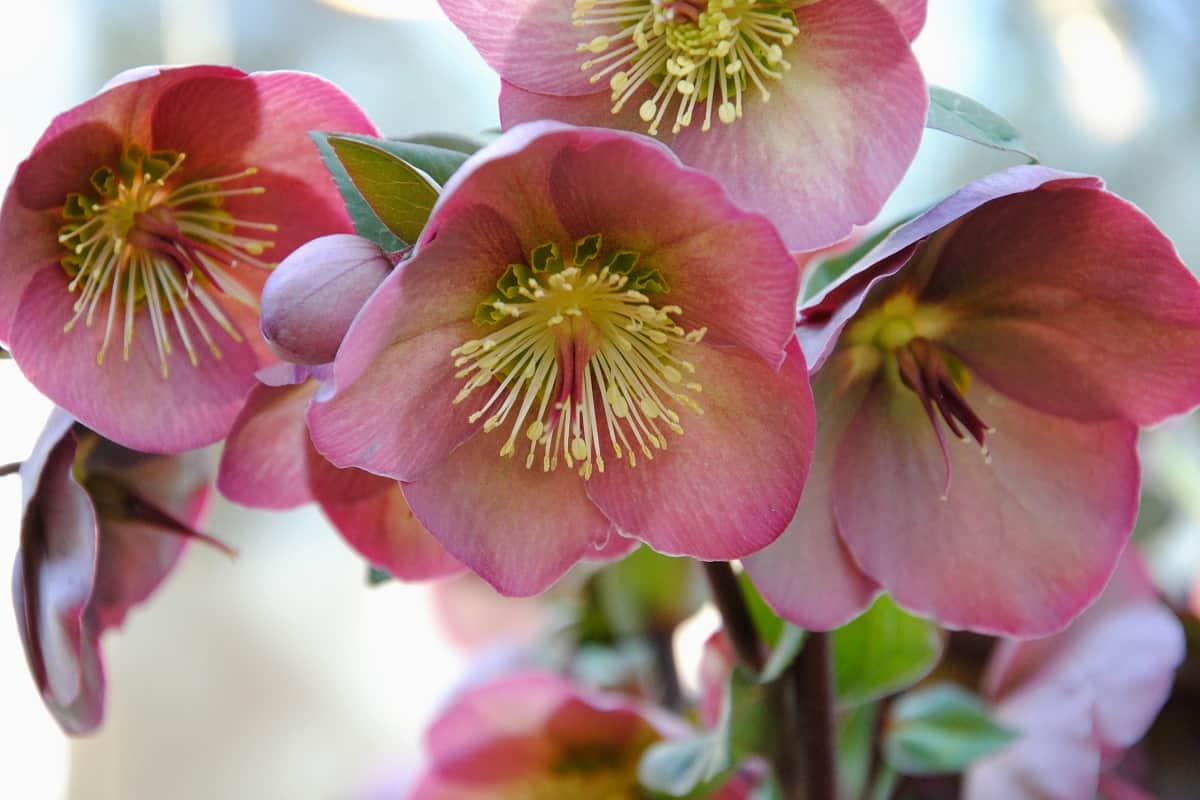
This plant produces showy, cup-shaped flowers in shades of pink, purple, and white that require minimal deadheading to continue blooming throughout the season.
Hellebores prefer full to partial shade and well-drained soil and are hardy in zones 4-9.
22. Salpiglossis (Salpiglossis sinuata)
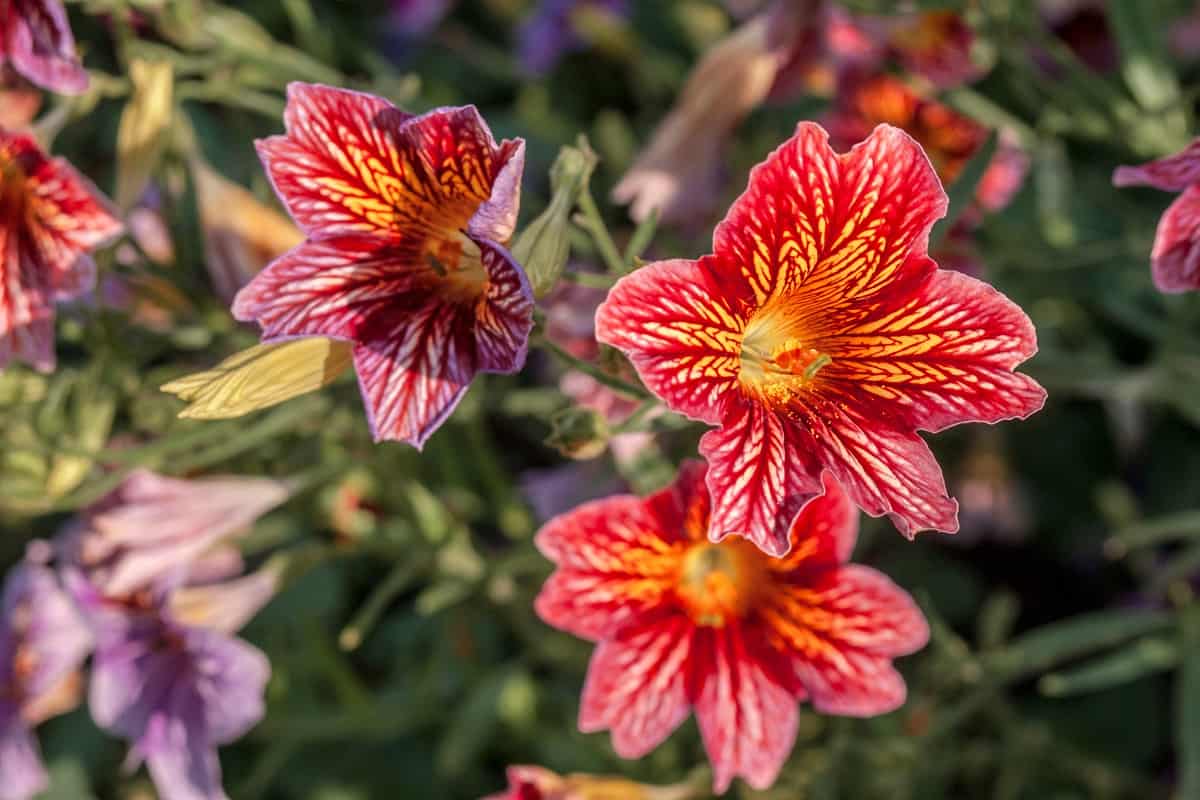
This plant produces trumpet-shaped flowers in shades of purple, blue, and red that require little deadheading to continue blooming throughout the season.
Salpiglossis prefers full sun to partial shade and well-drained soil and is hardy in zones 3-9.
23. Baptisia (Baptisia australis)
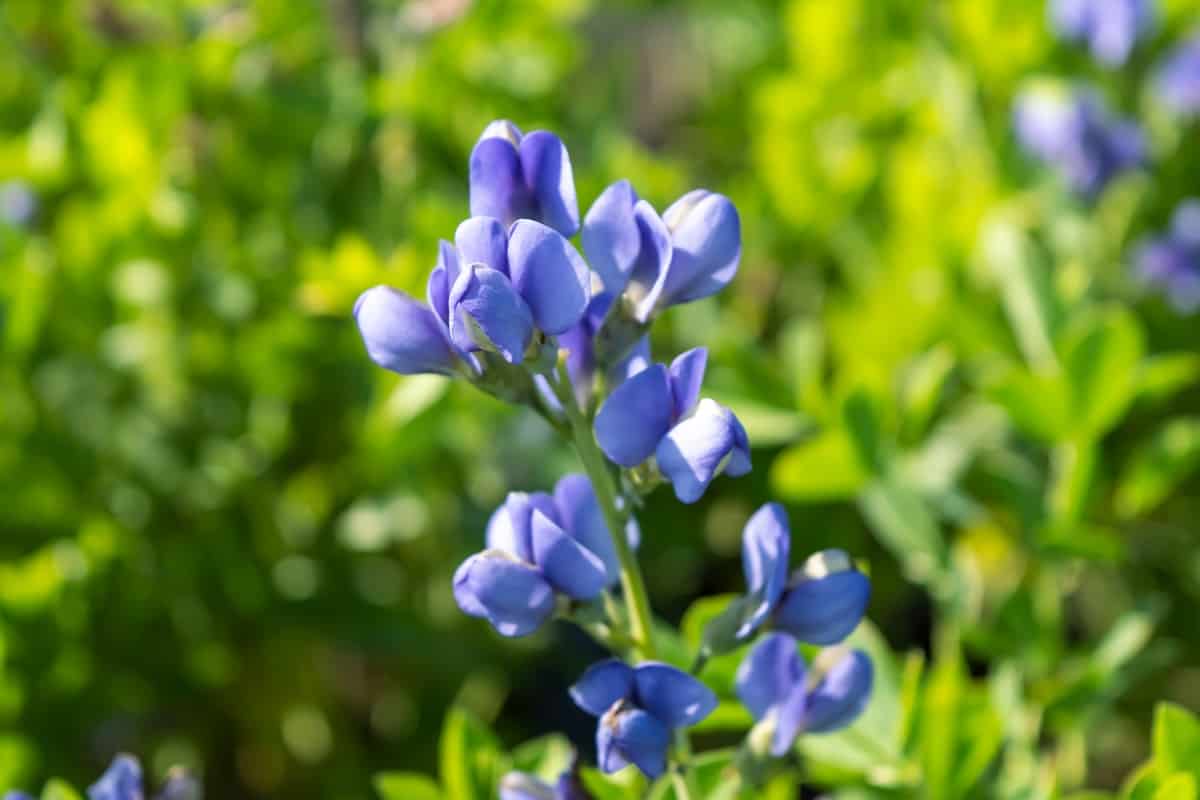
This plant produces spikes of blue, purple, or yellow flowers that require minimal deadheading to continue blooming throughout the season. Baptisia prefers full sun and well-drained soil and is hardy in zones 3-9.
24. Bergenia (Bergenia cordifolia)
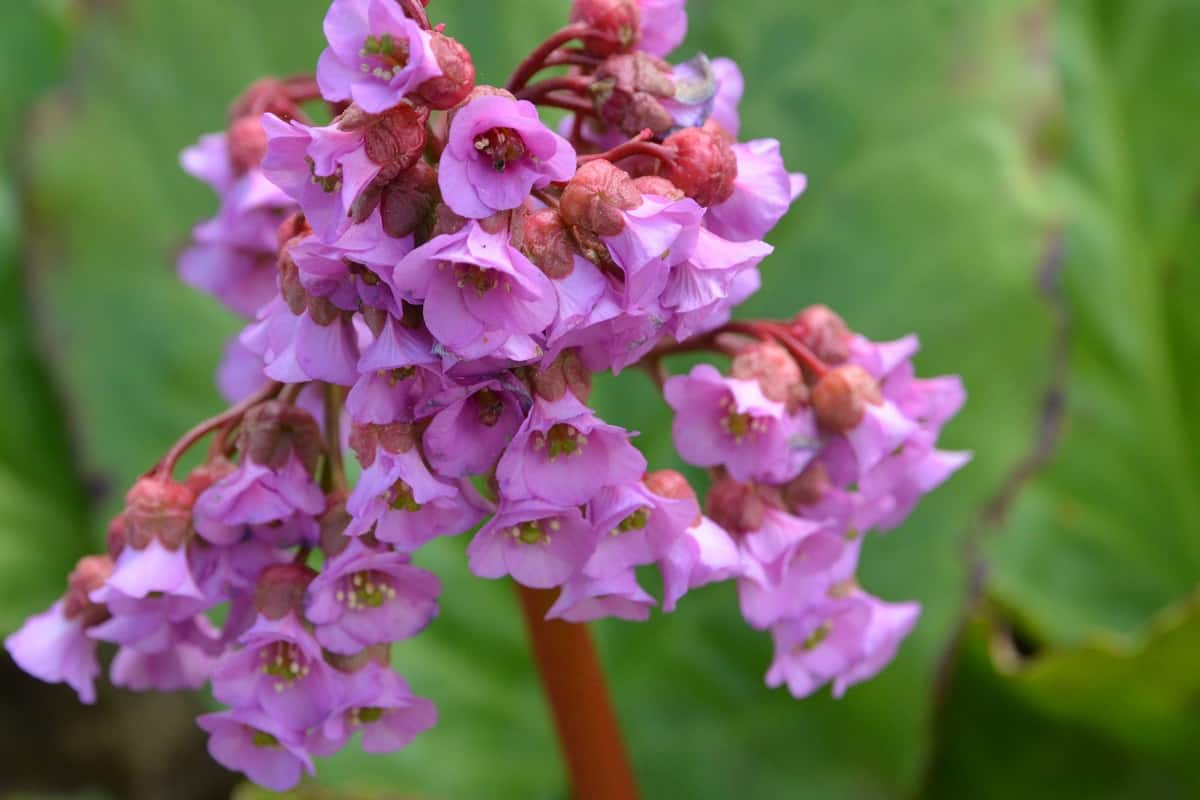
This plant produces large, waxy leaves and spikes of small pink or white flowers that require little deadheading to continue blooming throughout the season.
Bergenia prefers full sun to partial shade and well-drained soil and is hardy in zones 3-9.
25. Calendula (Calendula officinalis)
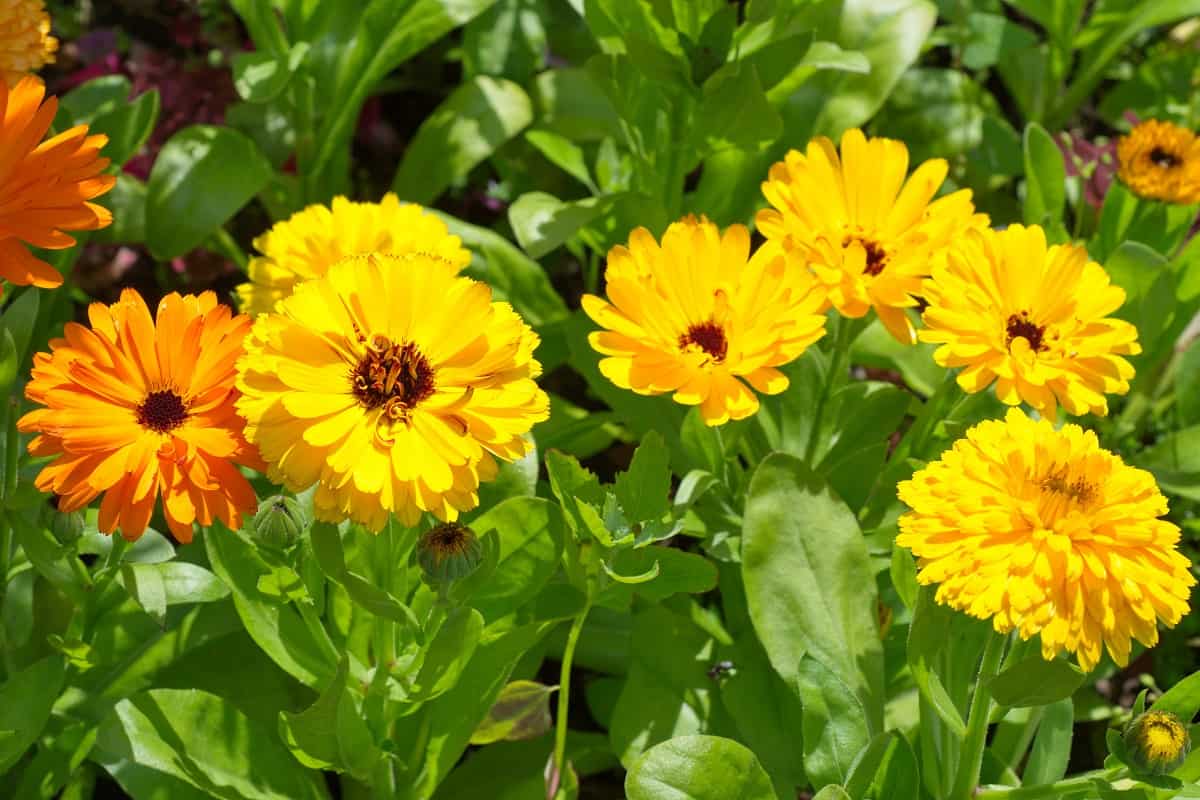
This plant produces brightly colored blooms in shades of orange and yellow that require minimal deadheading to continue blooming throughout the season.
Calendula prefers full sun to partial shade and well-drained soil and is hardy in zones 2-11.
Stop Deadheading and Start Relaxing
In conclusion, by incorporating these low-maintenance flowers into your garden, you can enjoy their beauty without spending too much time on maintenance.
These flowers are great for busy gardeners or those who prefer a more natural garden aesthetic.
With minimal effort, you can create a stunning flower garden that requires little deadheading and adds beauty to your outdoor space. Relax and enjoy!
If you enjoyed this post, here are more posts to love:
Should I Deadhead Marigolds [Which Marigolds Do Not Need Deadheading]?

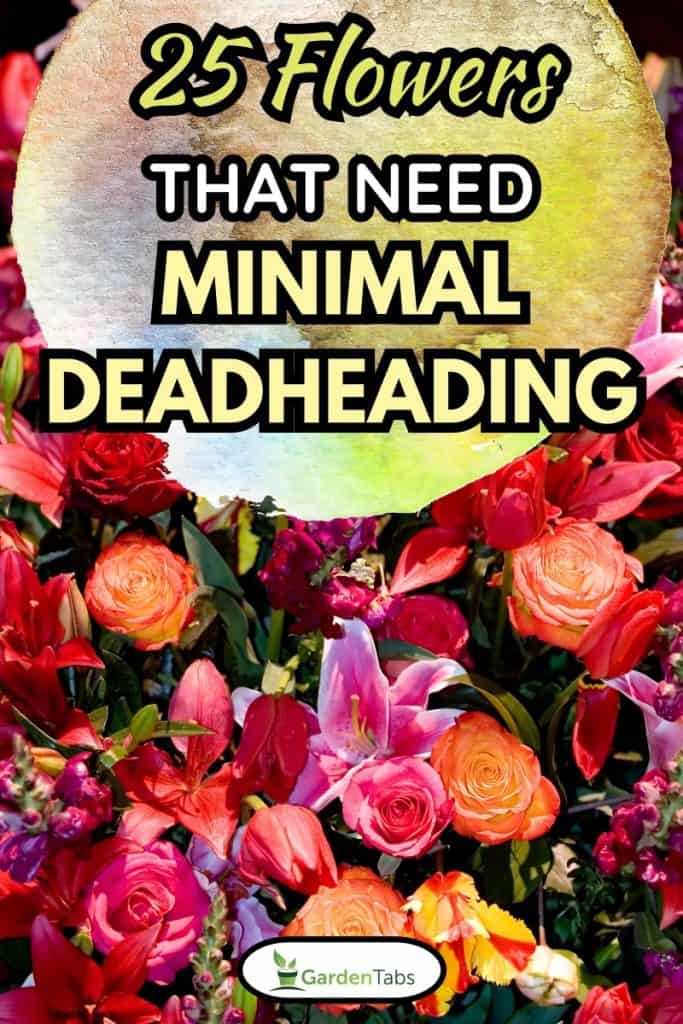
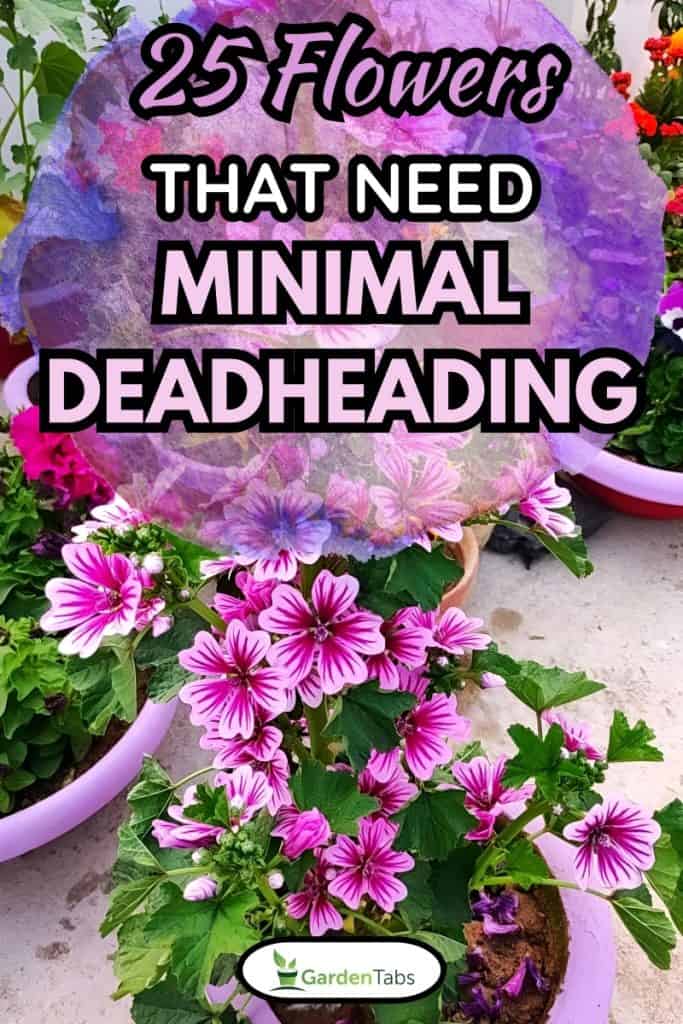
‘How to get rid of black spot on roses?
Check this out for the answer: https://gardentabs.com/how-big-knockout-roses-get/